How to Reduce Fashion Waste Without Compromising Style

Introduction
Fashion is one of the most expressive ways to show who we are — but it’s also one of the world’s biggest sources of waste. Every year, millions of tons of clothing end up in landfills, most of which could have been reused, repurposed, or recycled.
Yet, living sustainably doesn’t mean giving up on style or elegance. In fact, it’s about embracing a smarter, more conscious way of dressing — one that blends beauty, longevity, and responsibility.
In this article, we’ll explore practical ways to reduce fashion waste without compromising your personal style. From mindful shopping and wardrobe care to creative styling, you’ll learn how to make your closet both eco-friendly and effortlessly chic.
Understanding the Impact of Fashion Waste
Before diving into solutions, it’s important to understand the scale of the problem.
The global fashion industry produces over 90 million tons of textile waste annually. Much of this comes from overproduction, fast fashion trends, and short-lived consumer habits. Many clothes are made with synthetic fibers like polyester, which take hundreds of years to decompose.
Fashion waste doesn’t just harm landfills — it affects water systems, contributes to carbon emissions, and exploits natural resources.
But the good news is that each of us can help change this, simply by rethinking the way we buy, use, and care for our clothes.
Buy Less, Choose Better
The simplest way to reduce fashion waste is to buy fewer but better-quality pieces.
Investing in timeless, well-made clothing not only lasts longer but also helps you build a wardrobe that never goes out of style.
When shopping, ask yourself:
-
Will I wear this at least 30 times?
-
Is the fabric durable and made from natural or sustainable materials?
-
Does it match my existing wardrobe?
High-quality pieces — like European flax linen dresses, organic cotton scarf, or Pashmina sweaters — are designed to last. They may cost more initially, but they hold their shape, feel, and beauty for years, reducing the need for frequent replacements.
 (Kuttons Linen Clothing)
(Kuttons Linen Clothing)
Embrace the Capsule Wardrobe Mindset
A capsule wardrobe focuses on fewer, versatile pieces that can be mixed and matched in many ways. It encourages creativity while reducing clutter and waste.
Start by selecting neutral basics like:
-
A white shirt or blouse
-
A tailored linen dress
-
A lightweight sweater or cardigan
-
Comfortable trousers or skirts
From there, add statement accessories or colors that express your style.
By building outfits around a few timeless staples, you’ll find it easier to dress beautifully every day without feeling like you need new clothes constantly.
Choose Sustainable Fabrics
Fabric choice plays a huge role in reducing fashion waste. Natural fibers like linen, cotton, silk, wool, and cashmere are biodegradable, renewable, and often more durable.
When possible, look for certified fabrics such as:
-
European Flax® Certified Linen – sustainably grown without irrigation or GMOs.
-
OEKO-TEX® Certified Fabrics – tested for harmful substances.
-
Organic Cotton – produced without toxic chemicals or pesticides.
Sustainable materials are kinder to the planet — and they feel better on your skin, too.
→ [Read About European Flax Certification]
 (Linen Fabric)
(Linen Fabric)
Repair, Don’t Replace
In a culture of convenience, we’ve forgotten the beauty of mending.
Learning simple repair skills — like sewing on a button, fixing a loose hem, or patching a small tear — can extend the life of your favorite clothes for years.
If you’re not confident in repairs, local tailors or alteration studios can restore garments professionally at a fraction of the cost of buying new.
A small fix today prevents another piece of clothing from ending up in the landfill tomorrow.
Restyle, Reuse, and Reimagine
Sometimes, fashion waste happens not because clothes are damaged, but because we get bored of them. Instead of discarding, get creative:
-
Layer and Restyle: Pair dresses with jackets, belts, or scarves for a new look.
-
Upcycle: Turn old jeans into shorts or an oversized shirt into a crop top.
-
Swap with Friends: Clothing swaps are a fun, sustainable way to refresh your wardrobe.
-
Resell or Donate: If you no longer wear something, give it a new life with someone else.
The goal is to keep garments in use for as long as possible.
Wash with Care
How you care for your clothes affects both their longevity and the planet.
Excessive washing and harsh detergents can damage fibers and cause fading or shrinkage. Here’s how to do it better:
-
Wash only when necessary — airing clothes out can refresh them.
-
Use mild, eco-friendly detergents.
-
Wash in cold water to save energy.
-
Air dry instead of tumble drying.
Proper care preserves both your garments and the environment.
Support Conscious Brands
Where you shop matters. Brands that value sustainability often use certified fabrics, ethical labor practices, and transparent production methods.
When choosing where to buy, look for:
-
Sourcing Transparency – Where do the materials come from?
-
Certifications – European Flax®, or OEKO-TEX® labels ensure responsible production.
-
Slow Fashion Philosophy – Brands that focus on craftsmanship, not mass production.
Supporting ethical fashion encourages a global shift toward mindful consumption.
Recycle Responsibly
When clothing truly reaches the end of its life, recycling is the most eco-friendly way to dispose of it.
Many local councils, retailers, and non-profits offer textile recycling bins or programs. Some brands even take back old clothes to create new fabrics or products.
If recycling isn’t available, repurpose old textiles into cleaning cloths, tote bags, or home décor items — creativity can turn waste into something beautiful.
Redefine What Style Means
Sustainability doesn’t mean sacrificing beauty or creativity. True style is about confidence, self-expression, and mindfulness — not constant consumption.
When you choose consciously made, long-lasting pieces, you’re not only protecting the planet but also defining your own timeless aesthetic.
A minimalist, sustainable wardrobe often looks more elegant, curated, and personal than one overflowing with fleeting trends.
 (Kuttons Linen Clothing)
(Kuttons Linen Clothing)
Conclusion
Reducing fashion waste isn’t about perfection — it’s about progress.
Every thoughtful decision, from choosing sustainable fabrics to repairing or restyling clothes, contributes to a cleaner, more ethical world.
You don’t have to give up style to live sustainably. In fact, conscious fashion enhances your relationship with clothing, allowing you to feel proud of what you wear — knowing it aligns with your values.
Let your wardrobe tell a story of grace, intention, and respect for the planet.
FAQs
1. How can I make my wardrobe more sustainable?
Start by buying fewer, better-quality pieces, choosing natural fabrics, and caring for your clothes properly. Donate or repurpose items you no longer wear.
2. Are sustainable clothes more expensive?
Not necessarily. While they may cost more upfront, sustainable garments last longer and save you money over time by reducing replacements.
3. What are the best fabrics for reducing fashion waste?
Natural, biodegradable fabrics such as linen, cotton, silk, wool, and Pashmina are ideal. Look for certifications like European Flax® and OEKO-TEX®.
4. How can I recycle old clothes responsibly?
Use textile recycling programs, donate to charities, or repurpose old fabrics at home. Avoid sending clothes to landfills whenever possible.
5. Can I still follow trends and be sustainable?
Yes. Focus on timeless basics and use accessories or layering to reflect seasonal trends without overbuying.
Products on Sale
- Regular Price
- from $46.00
- Sale Price
- from $46.00
- Regular Price
-
$76.00
- Unit Price
- per
- Regular Price
- $199.00
- Sale Price
- $199.00
- Regular Price
-
$278.00
- Unit Price
- per
- Regular Price
- $134.00
- Sale Price
- $134.00
- Regular Price
-
$148.00
- Unit Price
- per
- Regular Price
- $109.00
- Sale Price
- $109.00
- Regular Price
-
$142.00
- Unit Price
- per
- Regular Price
- $159.00
- Sale Price
- $159.00
- Regular Price
-
$196.00
- Unit Price
- per
- Regular Price
- $49.00
- Sale Price
- $49.00
- Regular Price
-
$52.00
- Unit Price
- per
- Regular Price
- $22.00
- Sale Price
- $22.00
- Regular Price
-
$26.00
- Unit Price
- per
- Regular Price
- $30.00
- Sale Price
- $30.00
- Regular Price
-
$37.00
- Unit Price
- per
- Regular Price
- $134.00
- Sale Price
- $134.00
- Regular Price
-
$170.00
- Unit Price
- per
- Regular Price
- $74.00
- Sale Price
- $74.00
- Regular Price
-
$78.00
- Unit Price
- per
- Regular Price
- $46.00
- Sale Price
- $46.00
- Regular Price
-
$56.00
- Unit Price
- per
- Regular Price
- $99.00
- Sale Price
- $99.00
- Regular Price
-
$125.00
- Unit Price
- per
- Regular Price
- $99.00
- Sale Price
- $99.00
- Regular Price
-
$92.00
- Unit Price
- per
- Regular Price
- $56.00
- Sale Price
- $56.00
- Regular Price
-
$52.00
- Unit Price
- per
- Regular Price
- $56.00
- Sale Price
- $56.00
- Regular Price
-
$52.00
- Unit Price
- per
- Regular Price
- $56.00
- Sale Price
- $56.00
- Regular Price
-
$52.00
- Unit Price
- per
- Regular Price
- $128.00
- Sale Price
- $128.00
- Regular Price
-
$145.00
- Unit Price
- per
- Regular Price
- $69.00
- Sale Price
- $69.00
- Regular Price
-
$95.00
- Unit Price
- per

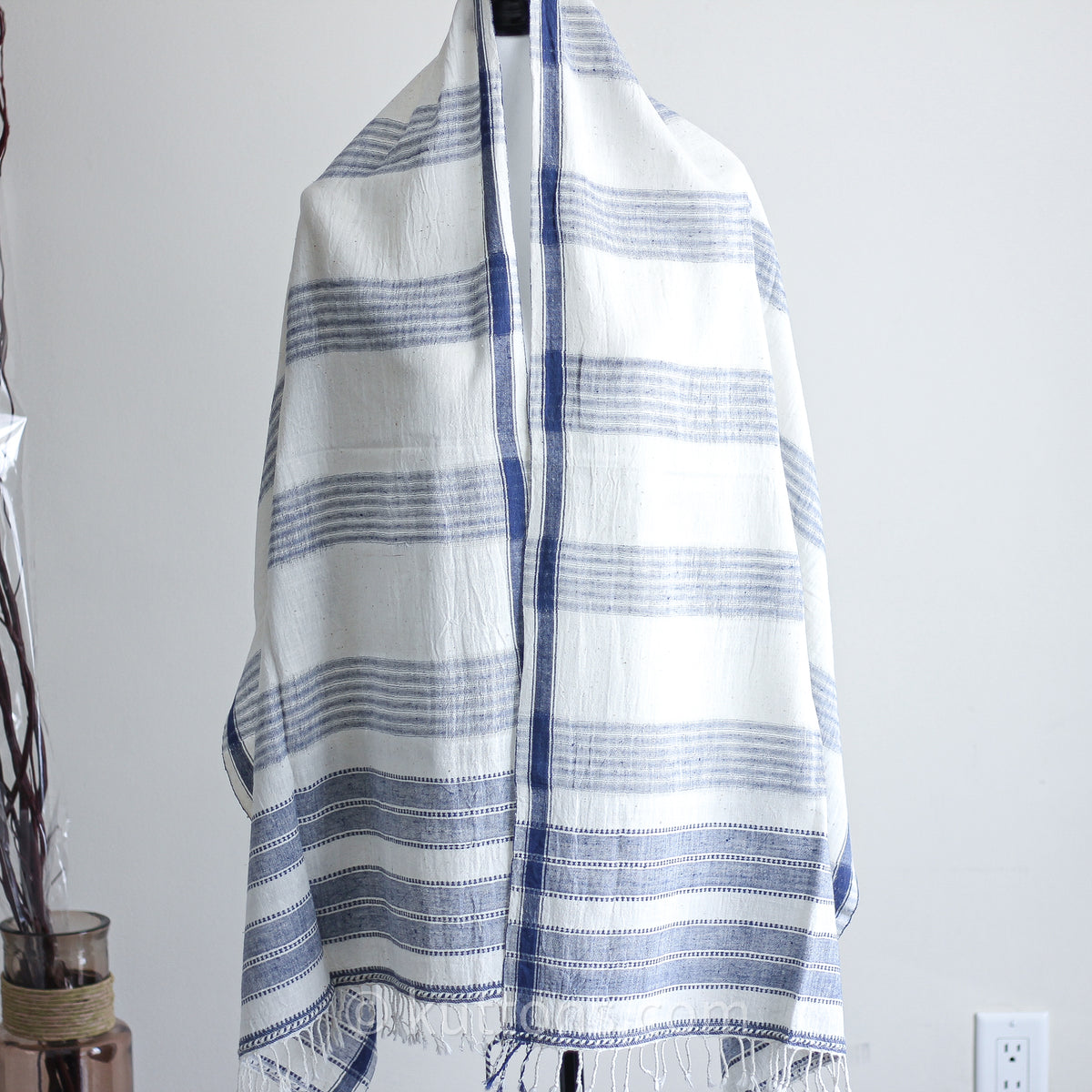
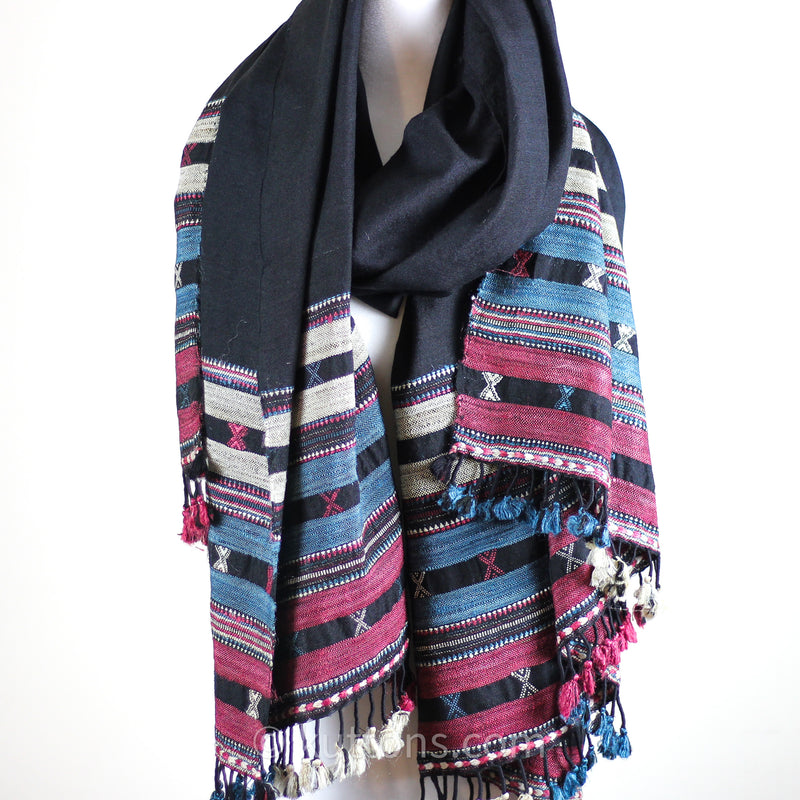
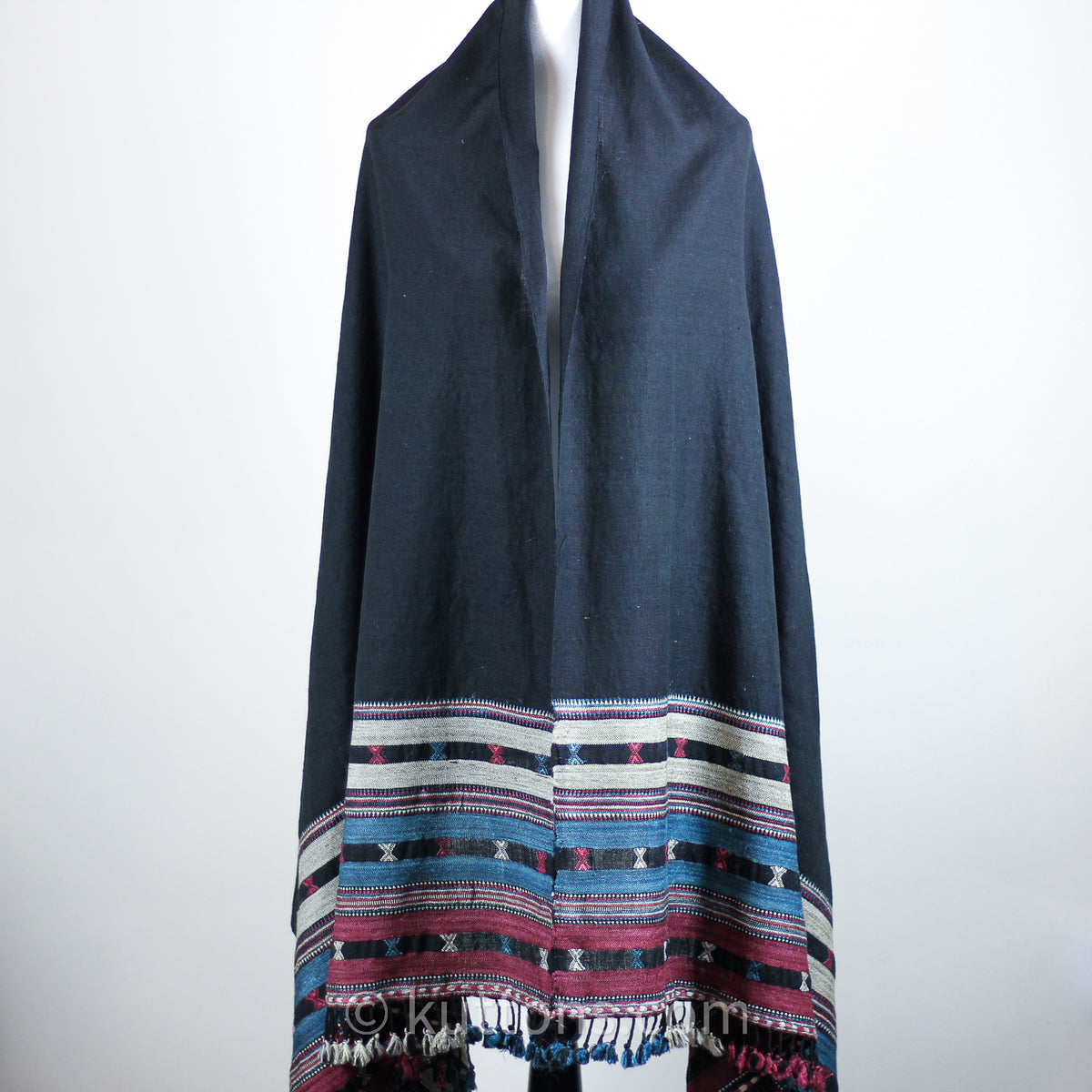
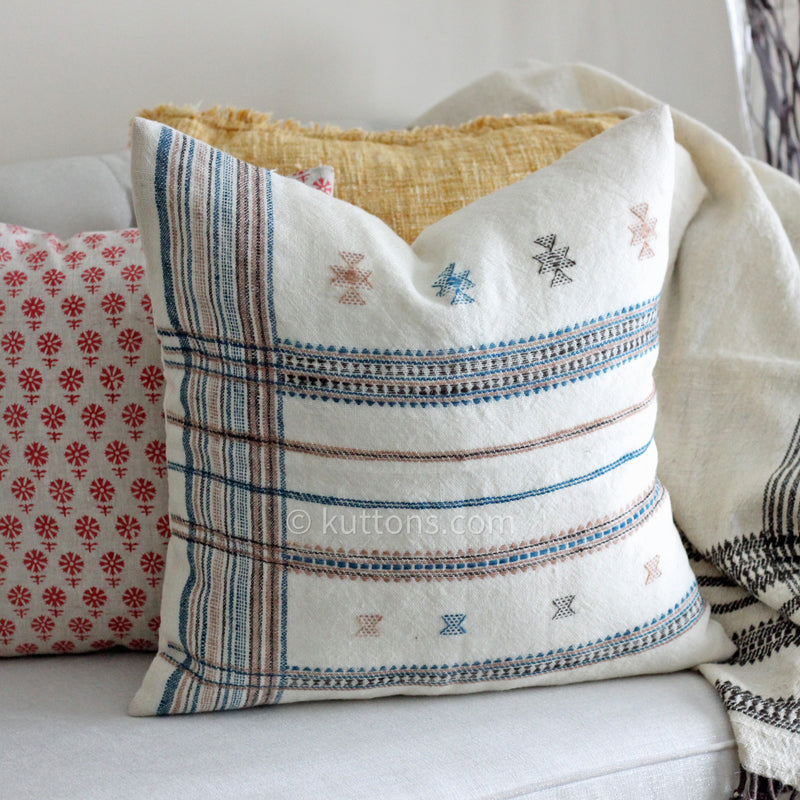

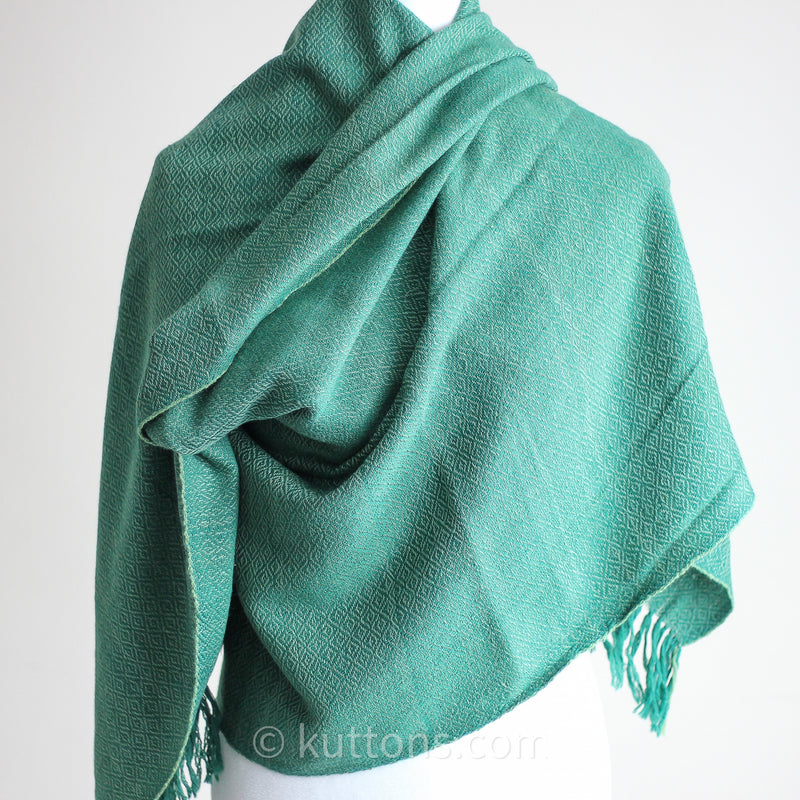

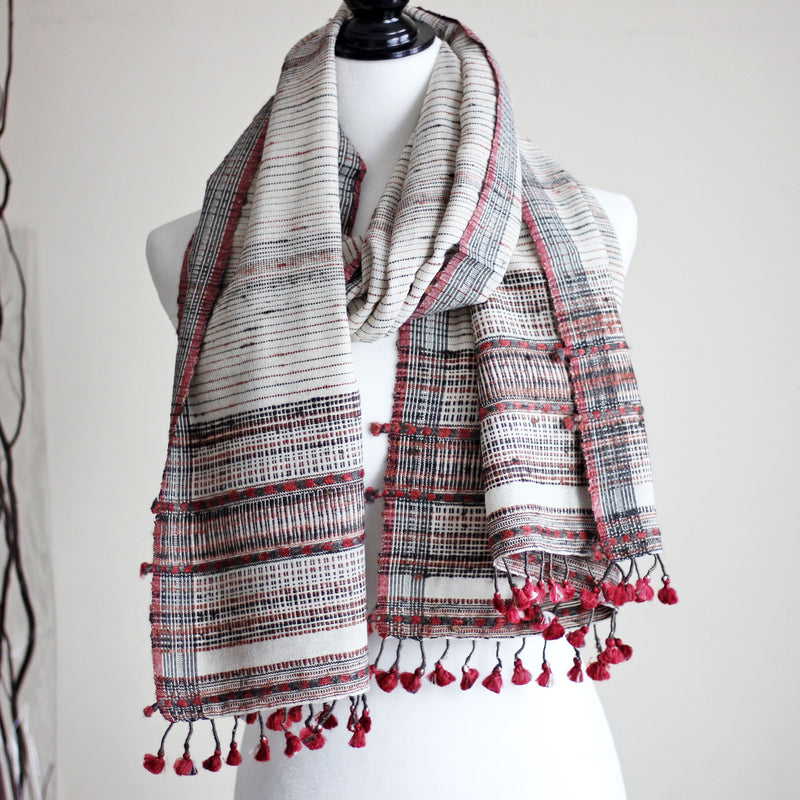
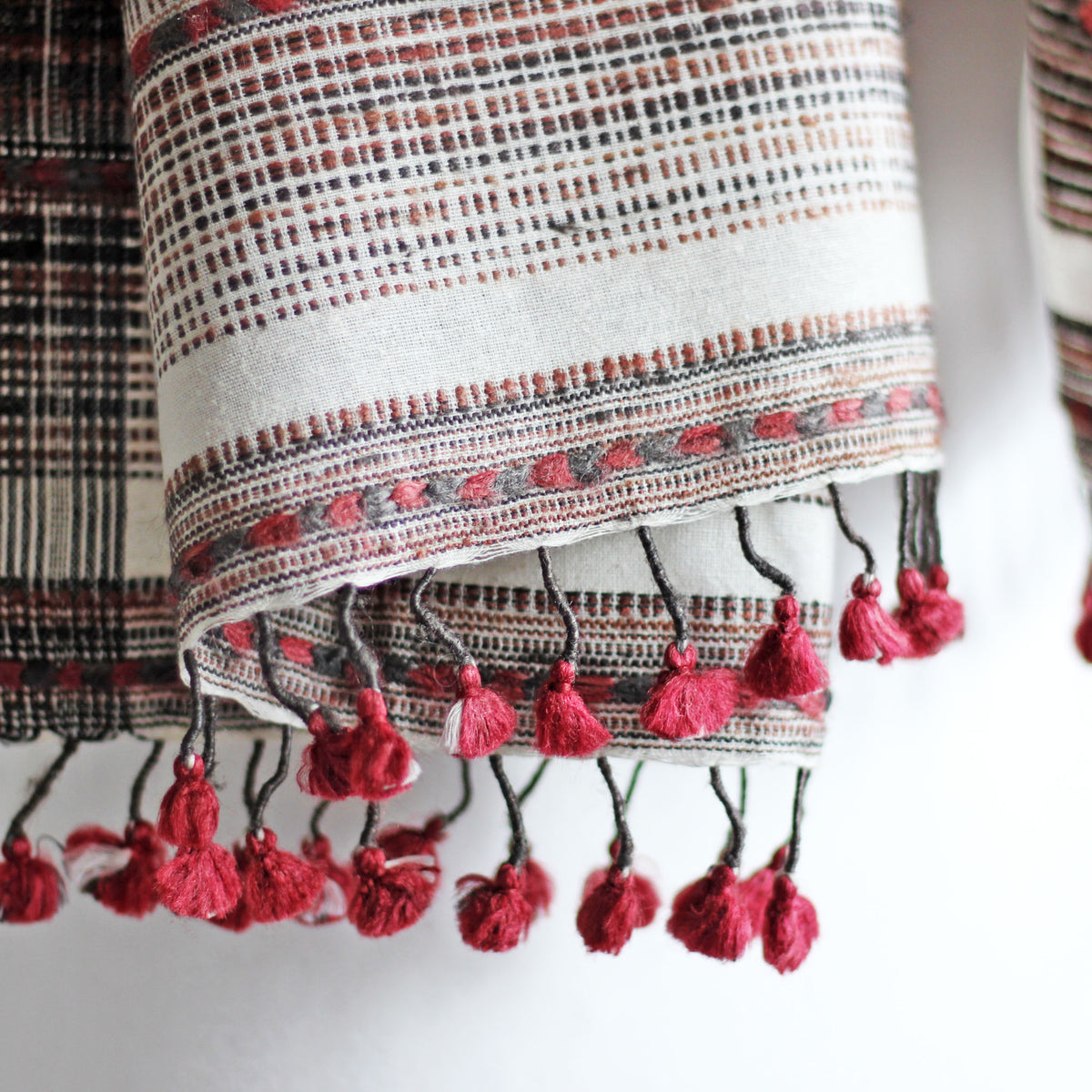
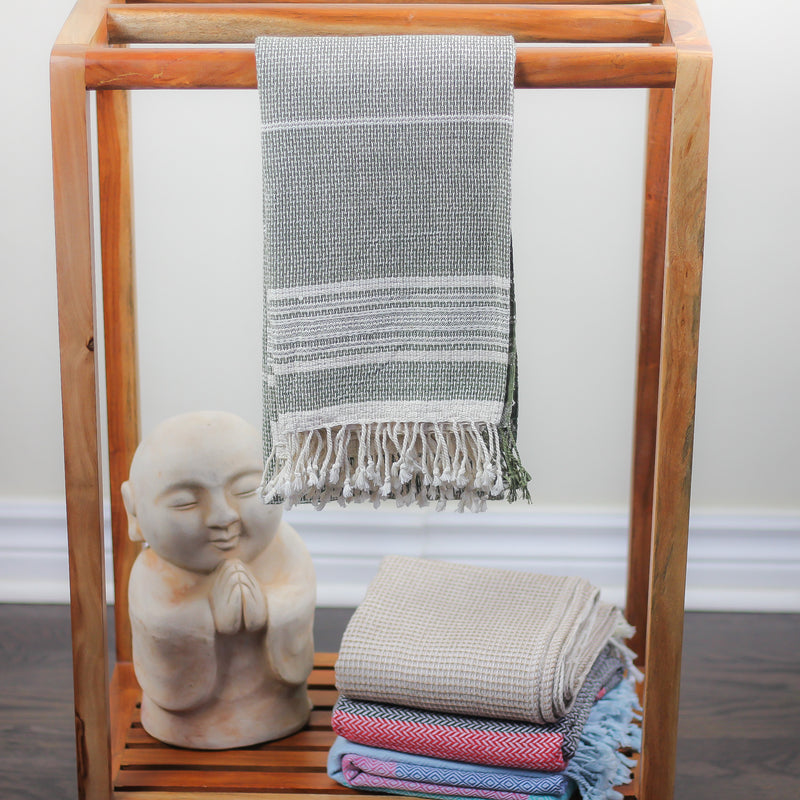

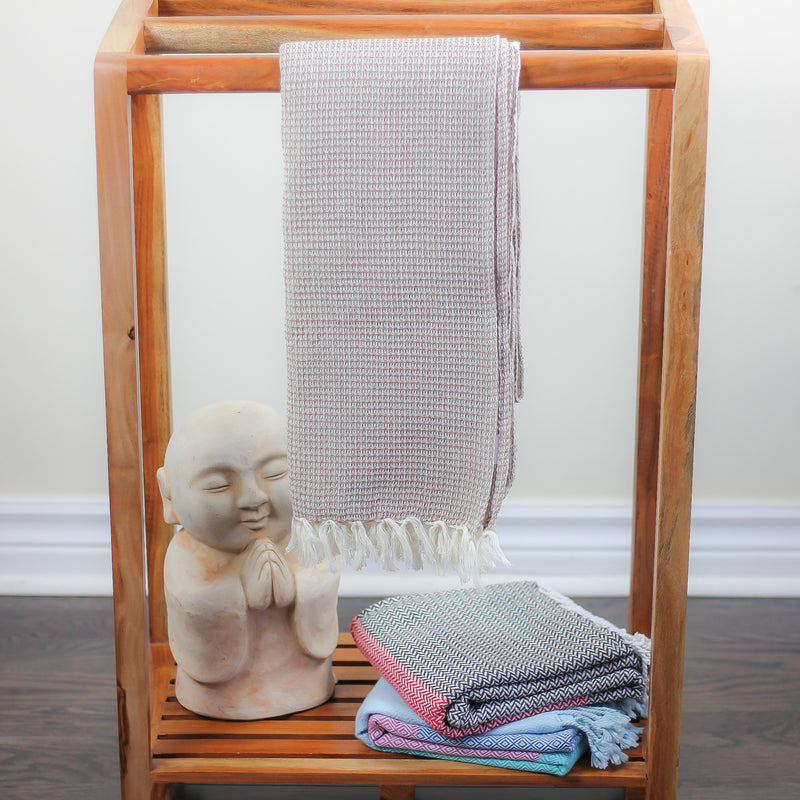
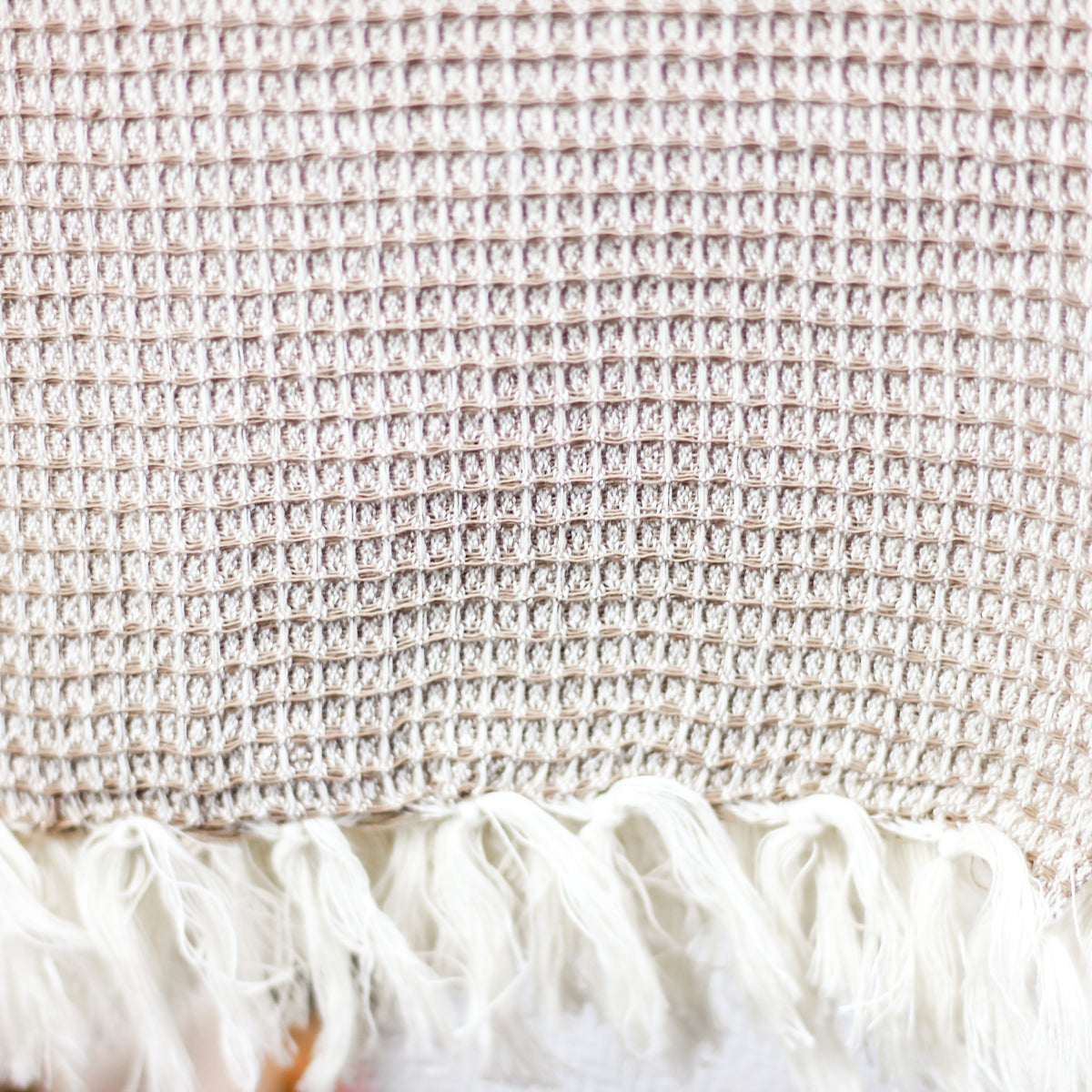

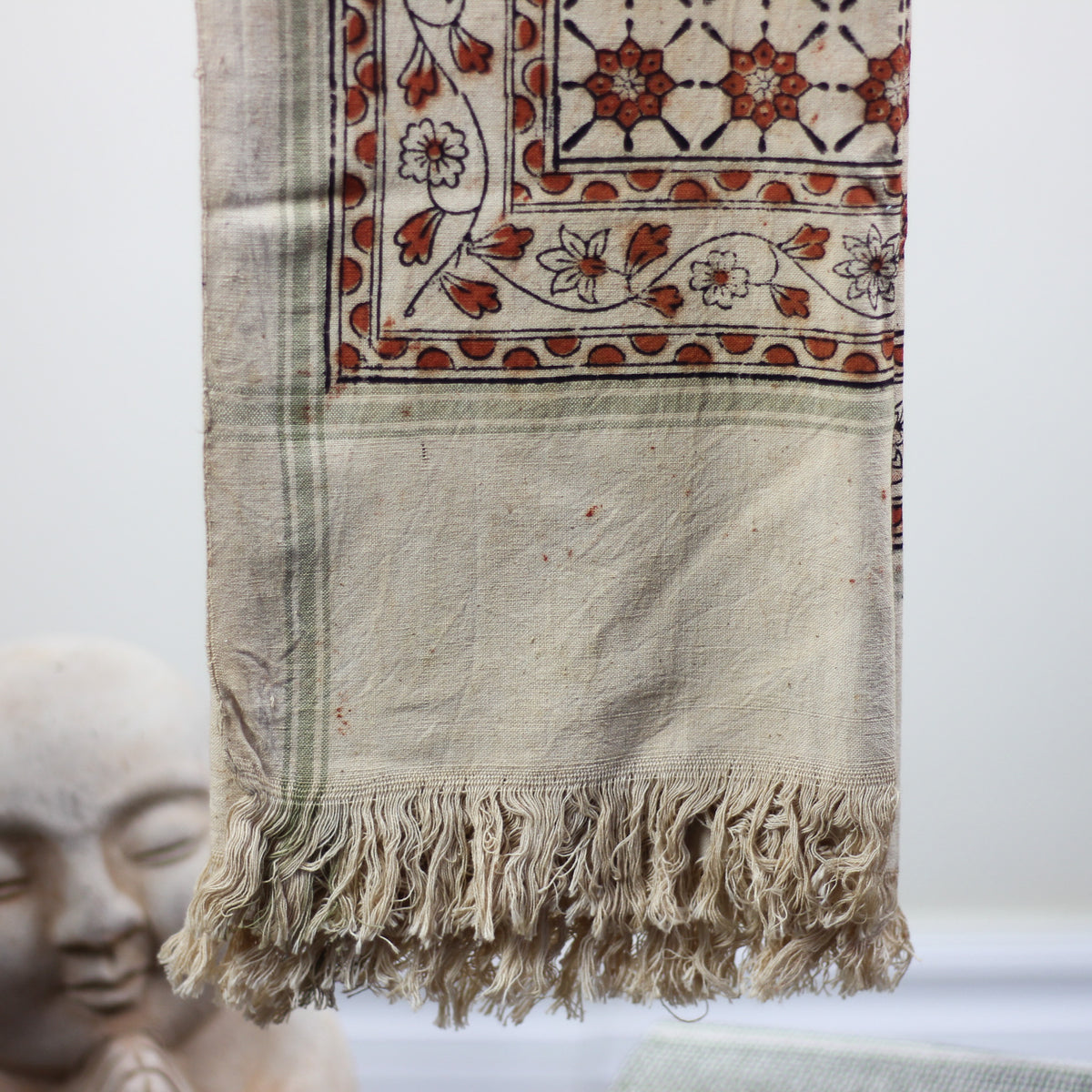
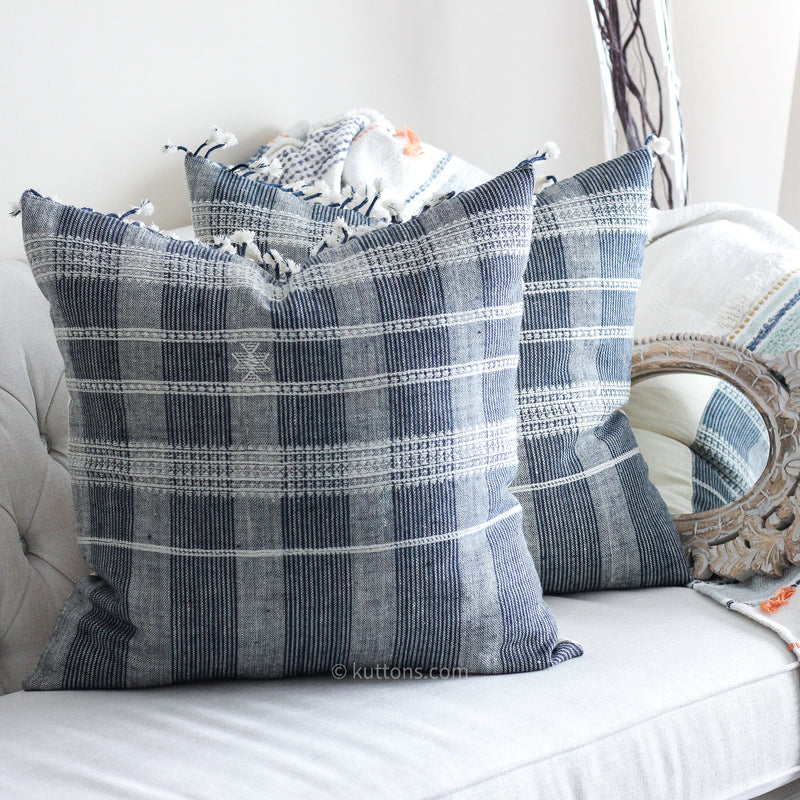

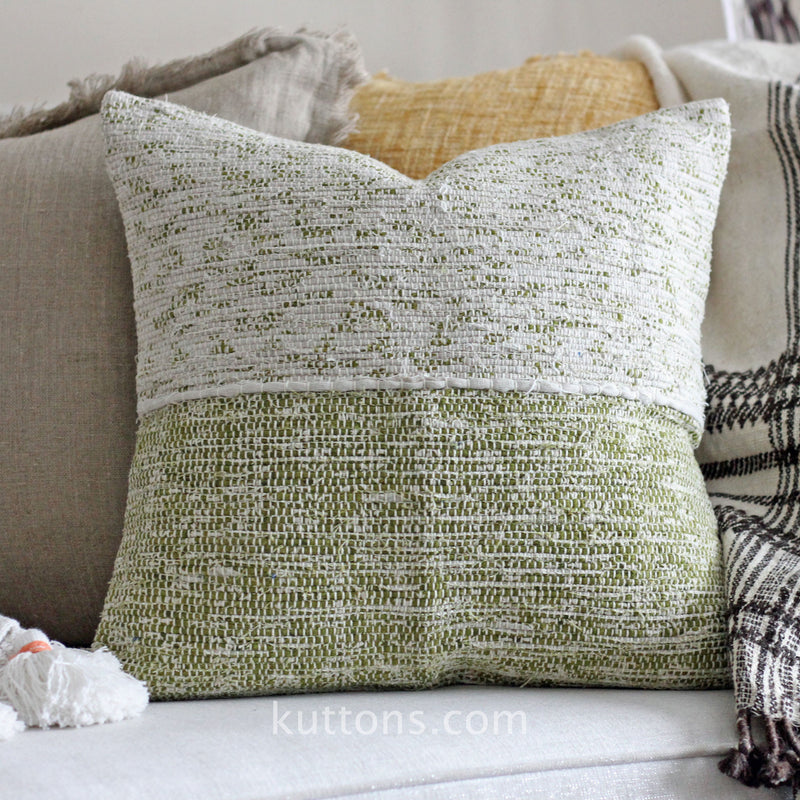
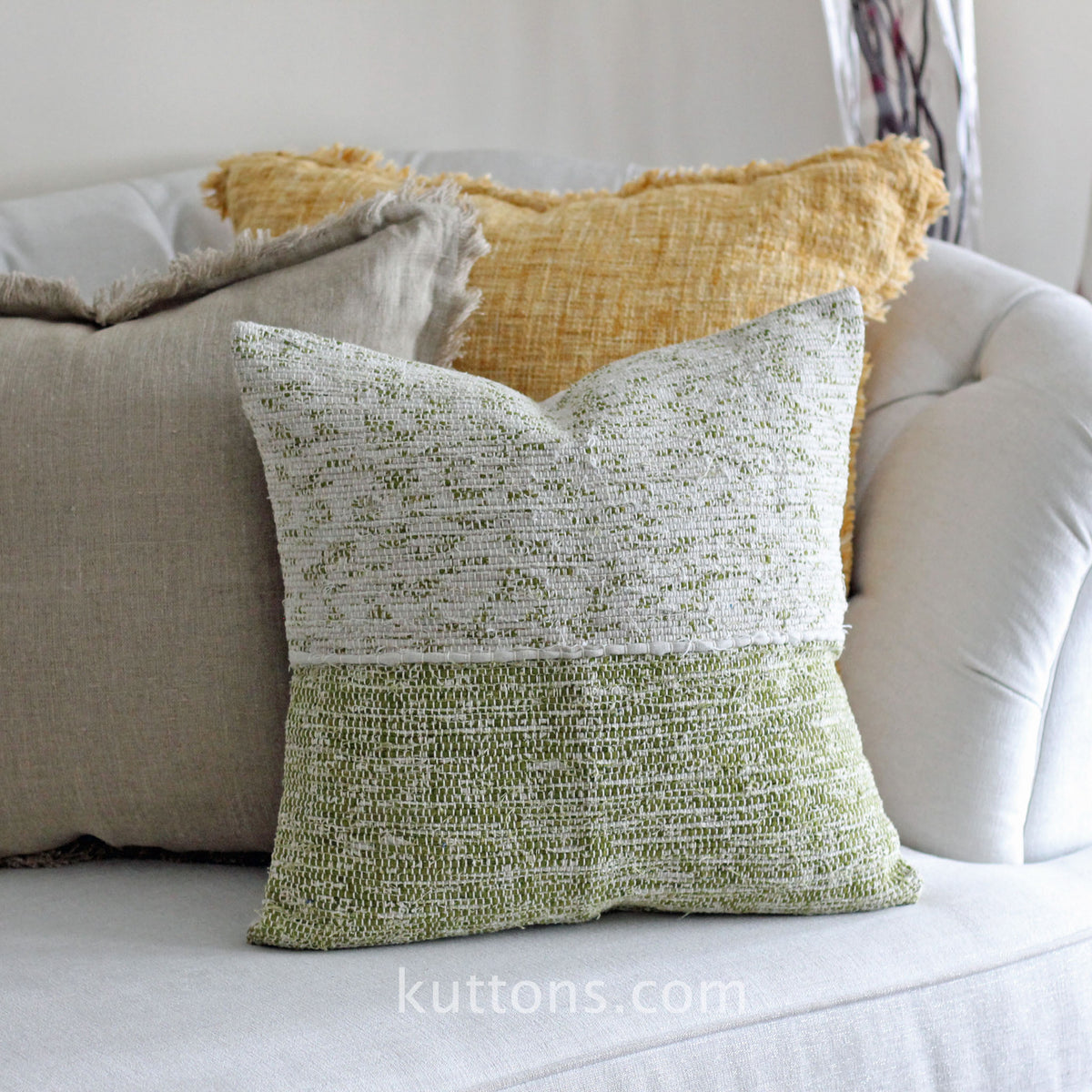
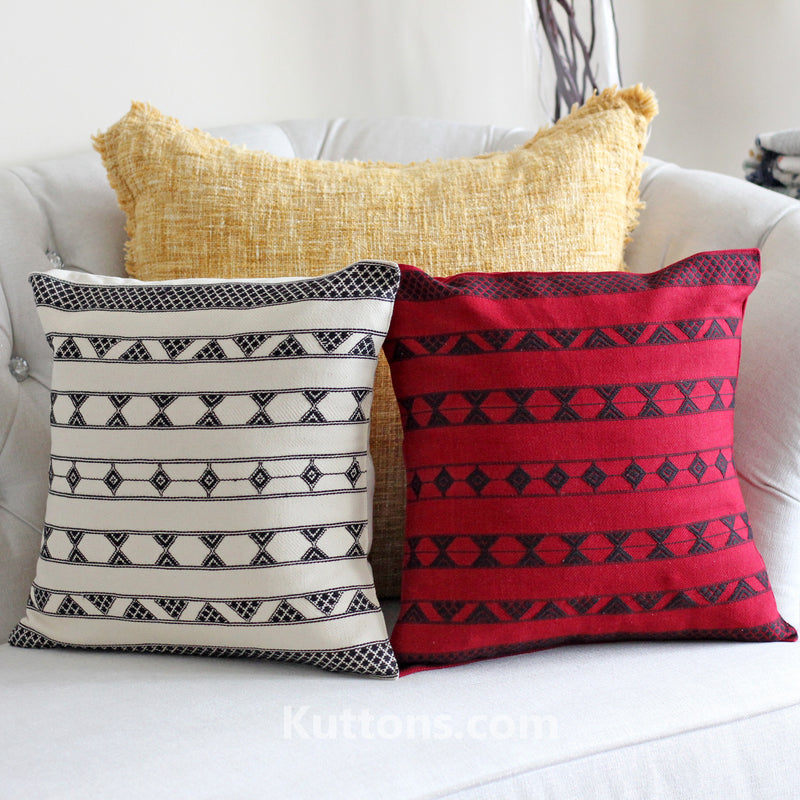
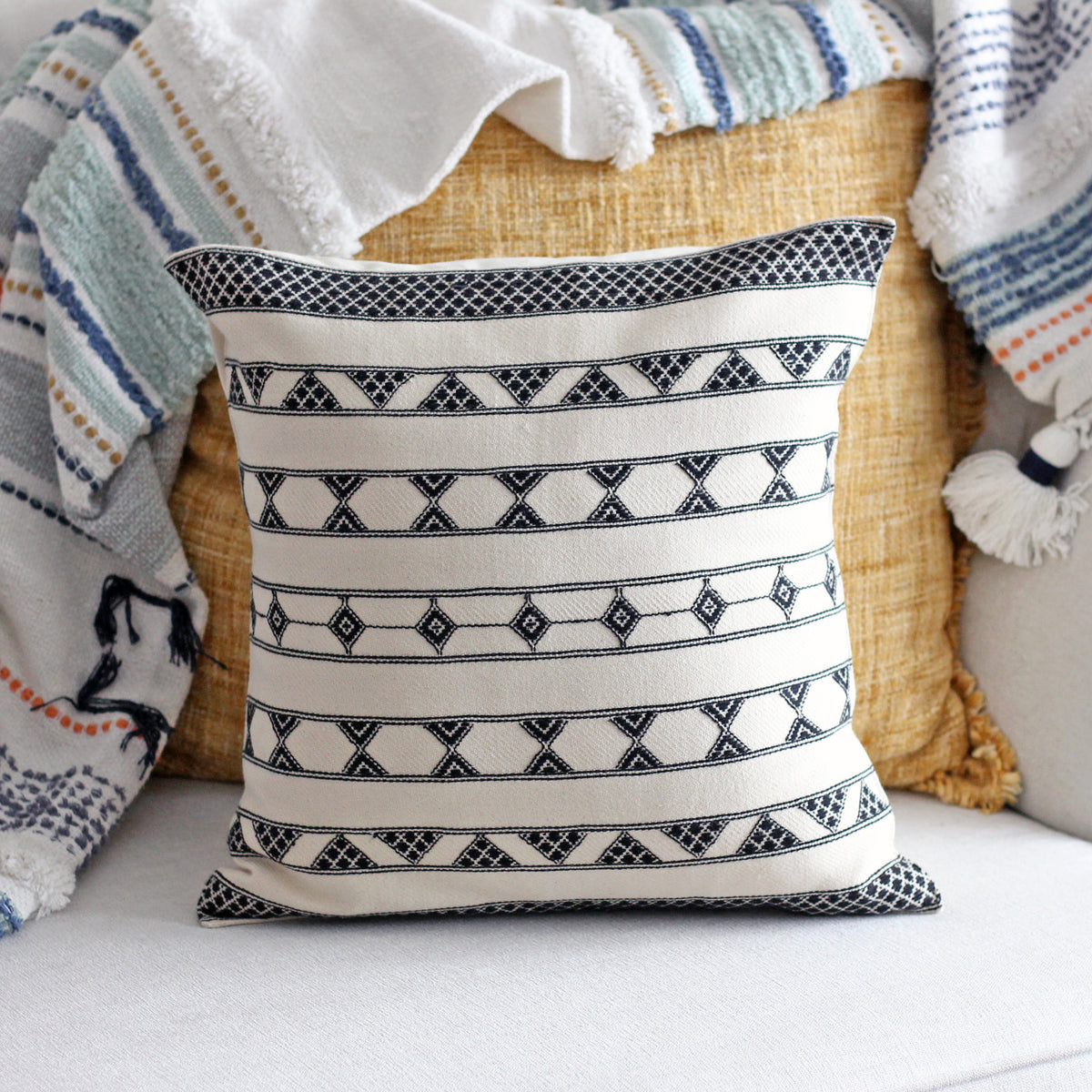
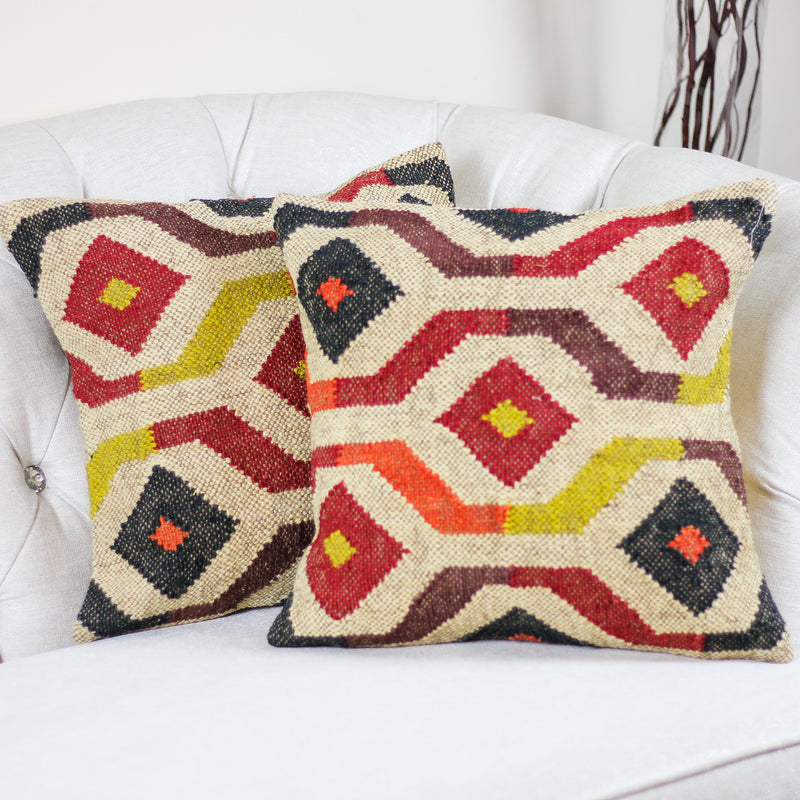
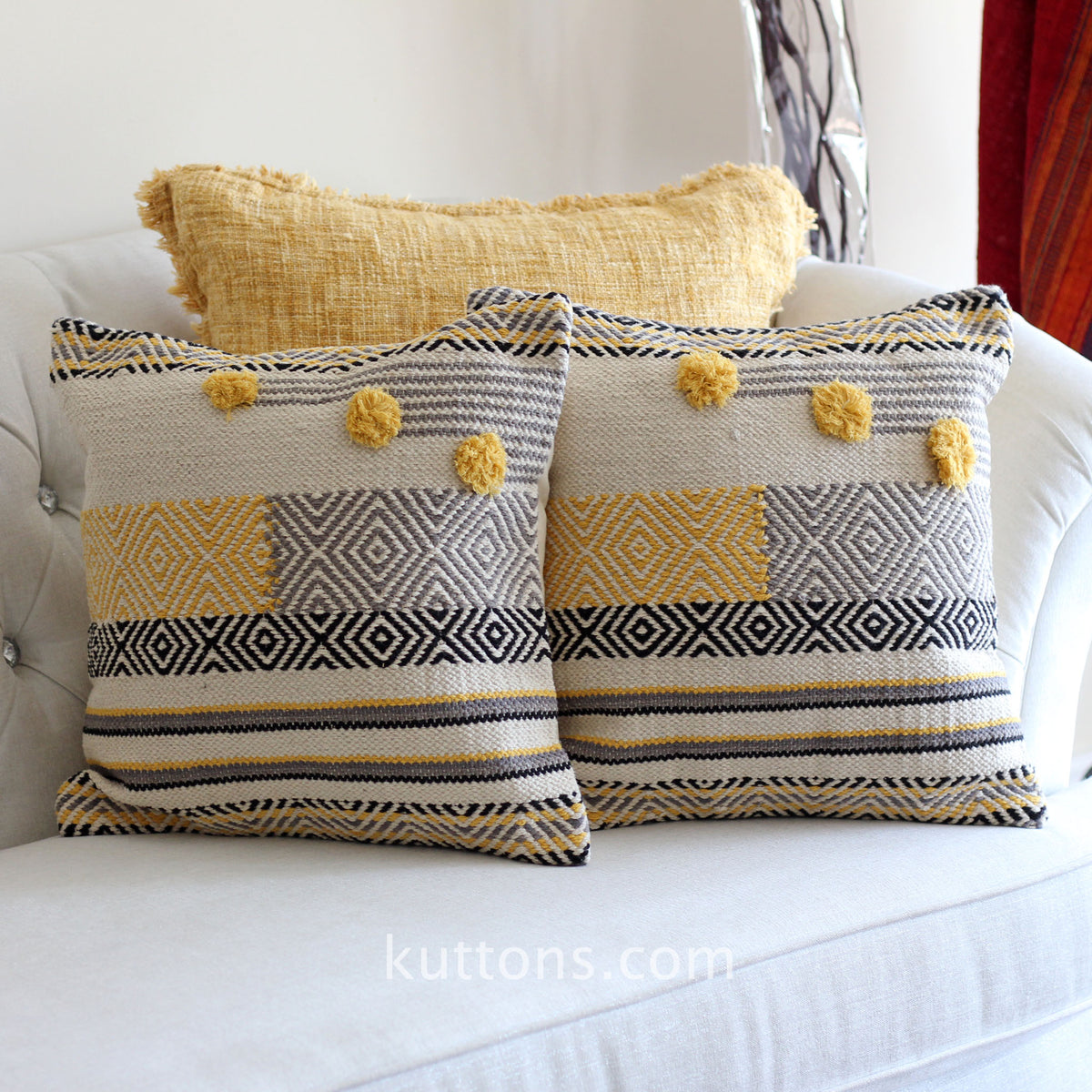


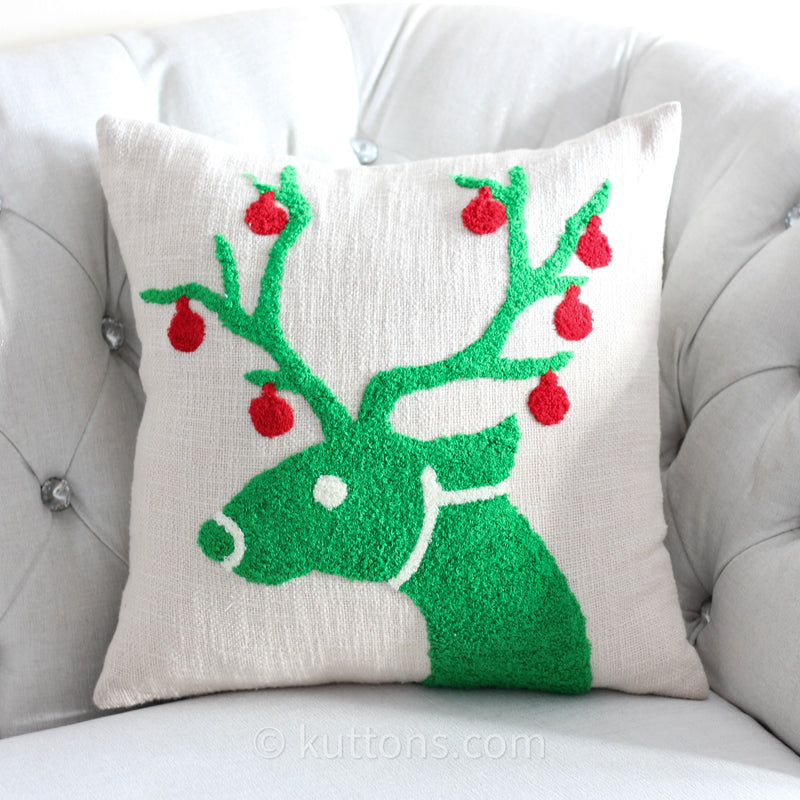
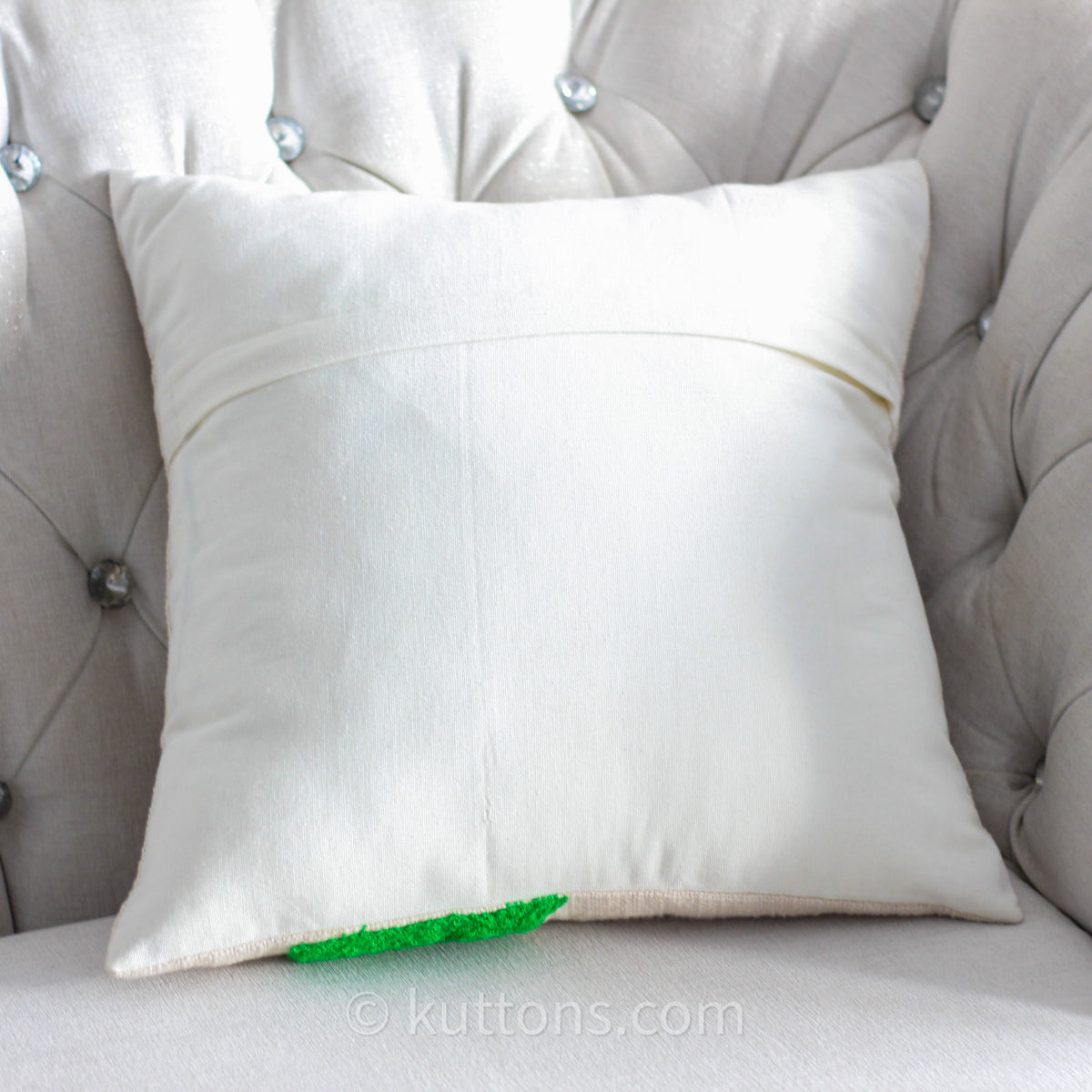
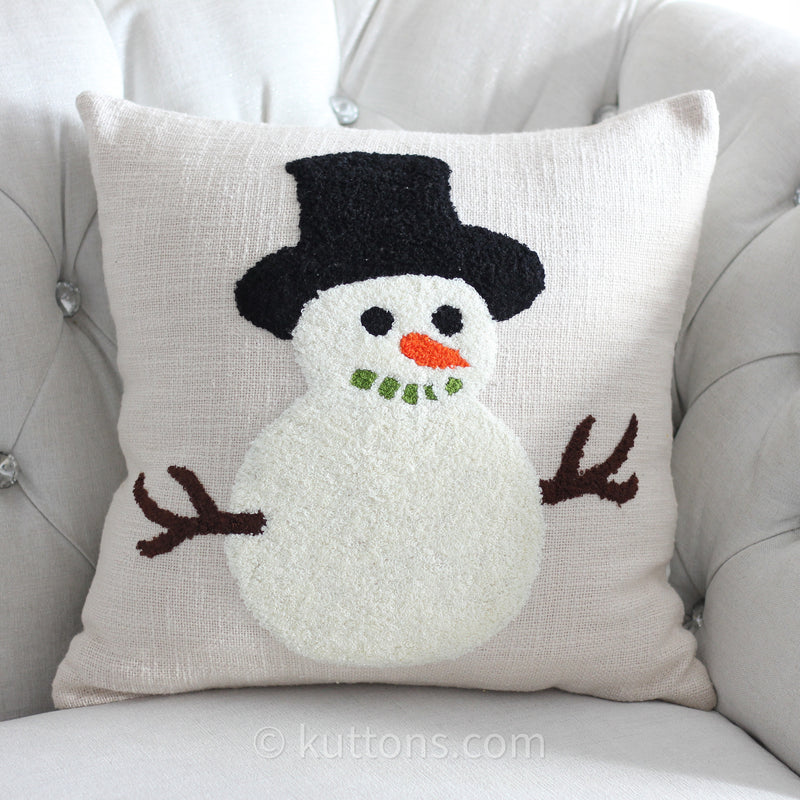
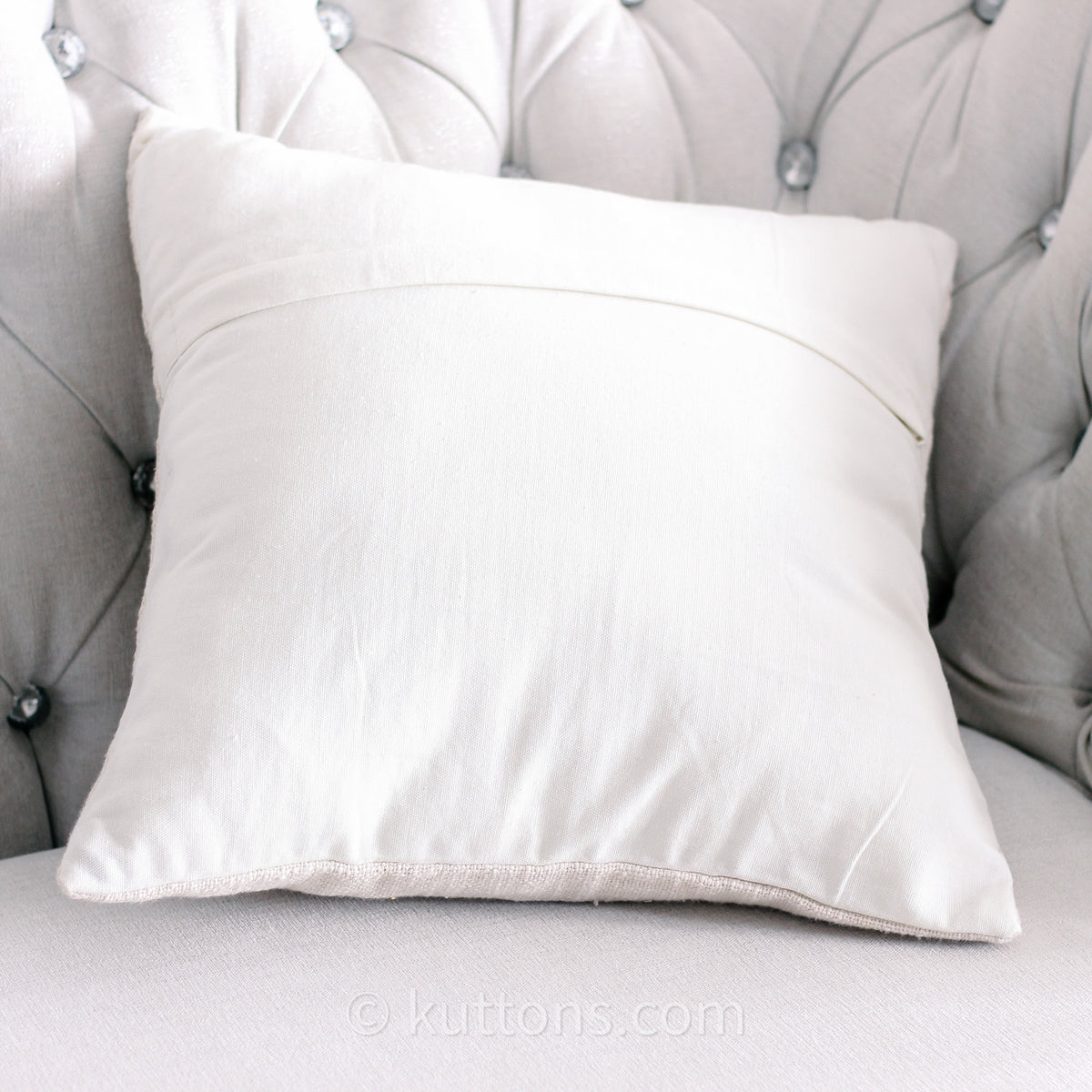
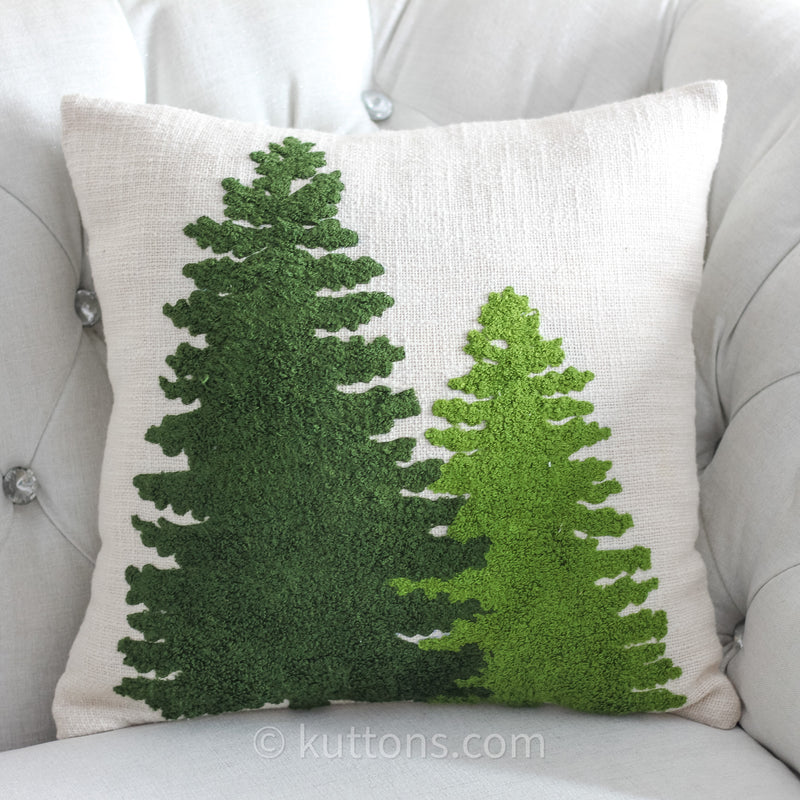
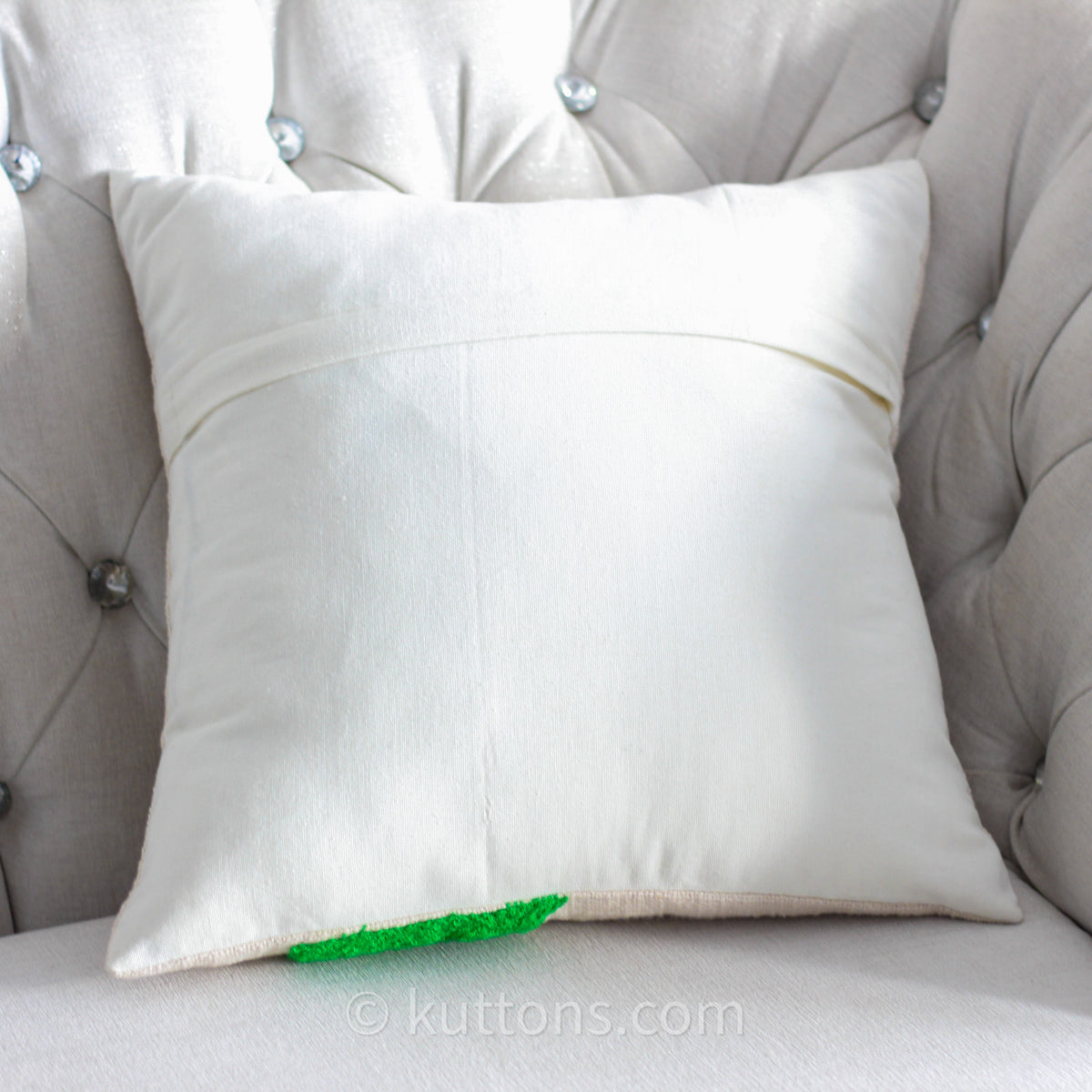
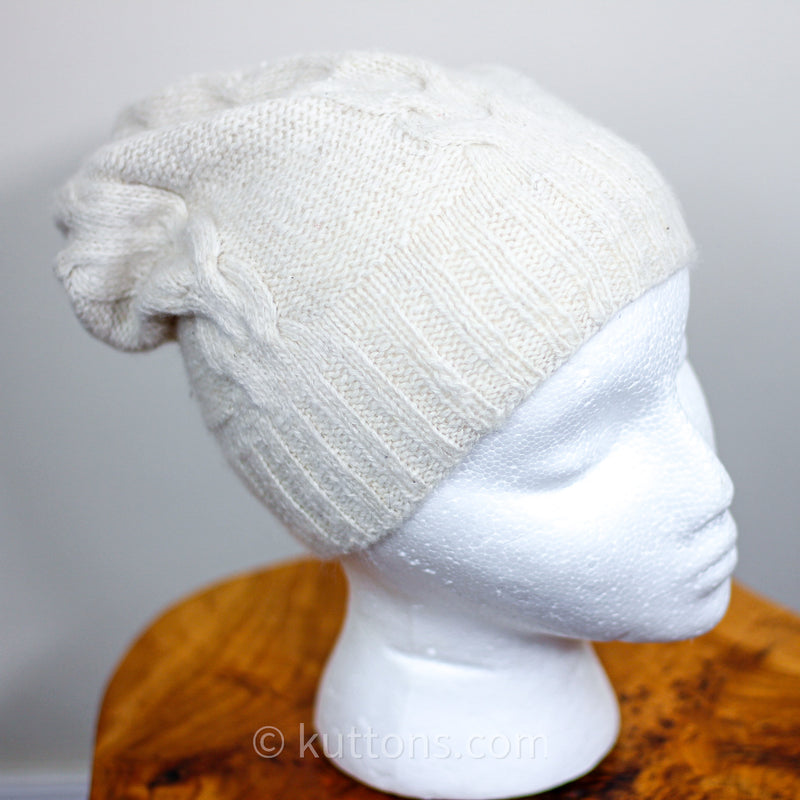
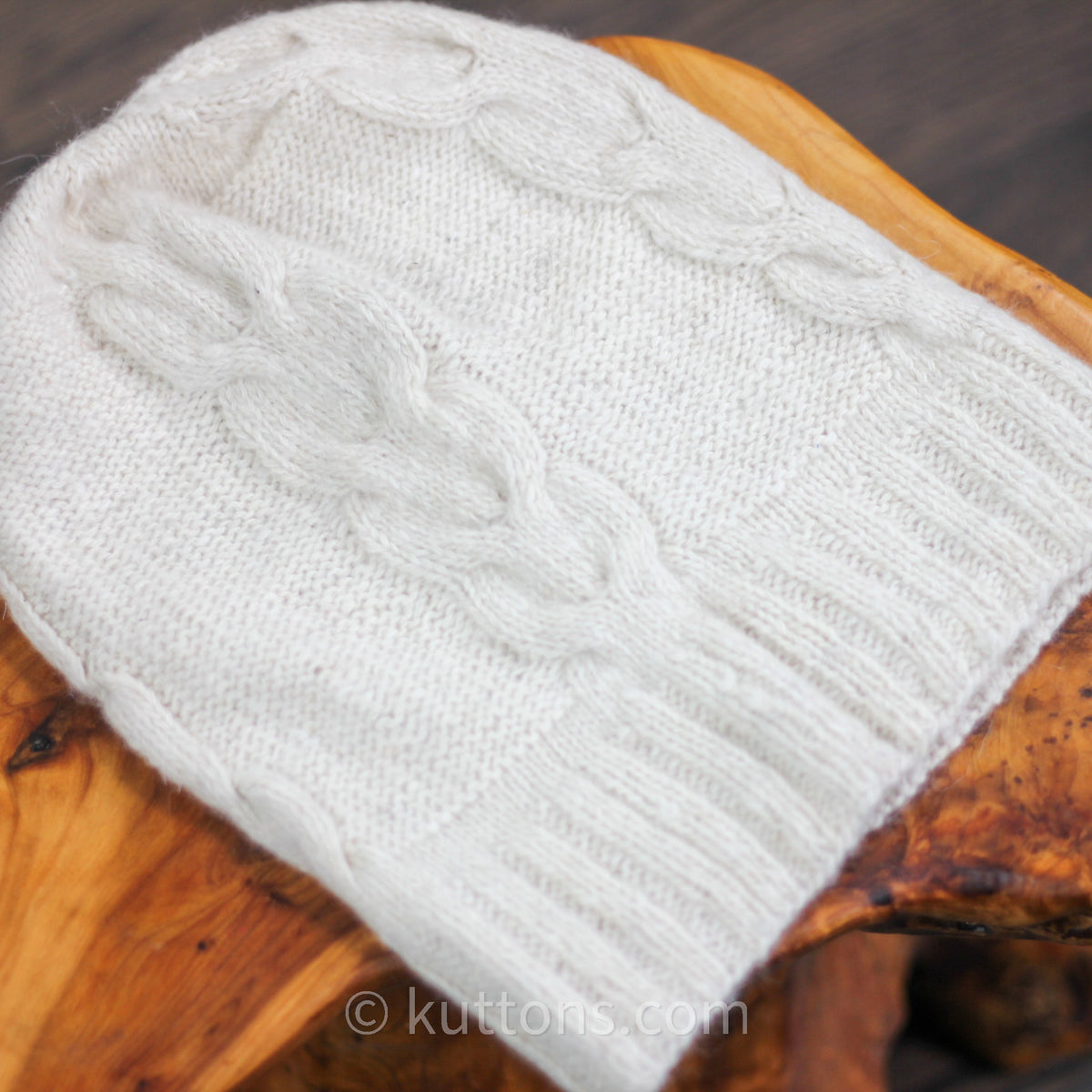

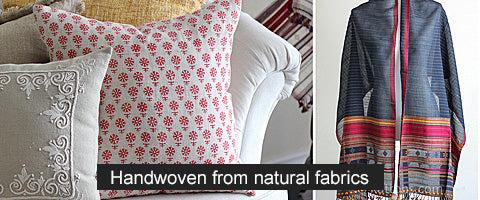
0 comments